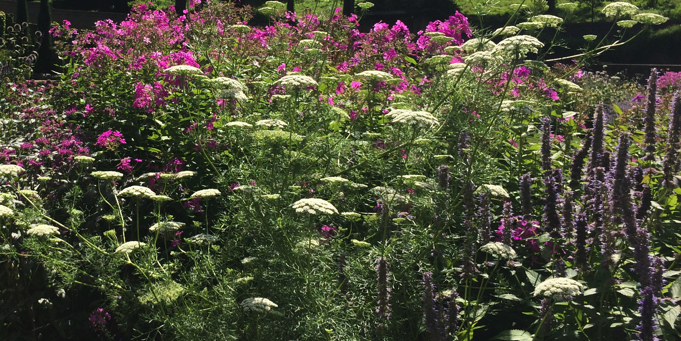April is a great time to identify many common invasive plants. Notice how many invasive plants emerge and grow leaves ahead of our native plants. They are out of sync with our ecosystem and eager to take advantage of the sunlight before our native trees leaf out. “Spring Into Action Against Invasive Plants,” an article by garden designer Kathy Connelly, explains the benefits of identifying and removing or cutting invasive plants early in the season.
It’s best to fill in the gaps where you have removed invasive plants with a native plant or shrub. Click here for alternatives for Japanese Barberry and Burning Bush.
There are many helpful apps to assist you in identifying invasive plants in your yard. Go to the app store and check out free apps like PlantNet, iNaturalist, and PictureThis to help identify invasive plants by matching photos of bark, leaves, fruit, or flowers with large databases.
There are useful resources for invasive ID on the web. The MassAudubon website has information and photos of invasive plants that are causing problems in Massachusetts.
Sometimes it’s hard to tell the difference between a native and an invasive plant. This guide from the New York Botanical Garden has some interesting side-by-side comparisons. Although it was created for the mid-Atlantic states, many of the plants are also invasive in the Northeast. Mistaken Identity? Invasive Plants and their Native Look-Alikes.



Recently on Twitter